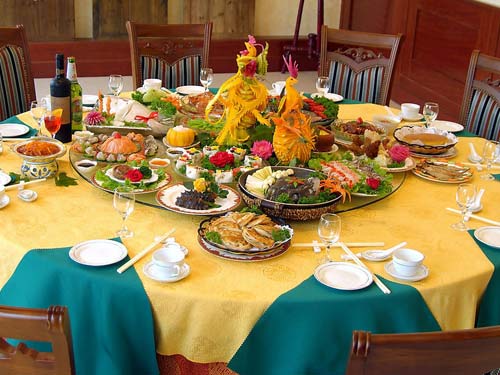How to Greet People in China
Chinese people seldom express their ideas or opions directly but prefer a roundabout way. They will look towards the ground when greeting someone. Neither show their emotions and feelings in public. They greet people with a handshake rather than an embrace or a kiss when they are greeting or saying good-bye. Handshaking is the most common form of greeting with foreigner.
The Chinese have a terrific sense of humor. They can laugh at themselves most readily if they have a comfortable relationship with the other person. You should be ready to laugh at yourself given the proper circumstances. Greetings are formal and the oldest person is always greeted first. When you are meeting new people, you should always act in a polite and professional manner, use basic manners and be polite. Make sure to provide proper introductions for people in the group who do not know each other, and refer to everyone by his proper name or formal title. Address the person by an honorific title and their surname. If they want to move to a first-name basis, they will advise you which name to use.

When meeting the Chinese in a business setting, sometimes more formal etiquette is required. Tips for meeting the Chinese in a business setting as follow:
You should arrive at meetings on time or slightly early. The Chinese view punctuality as a virtue. Arriving late is an insult and could negatively affect your relationship.
Pay great attention to the agenda as each Chinese participant has his or her own agenda that they will attempt to introduce.
Meetings require patience. Mobile phones ring frequently and conversations tend to be boisterous. Never ask the Chinese to turn off their mobile phones as this causes you both to lose face.
Guests are generally escorted to their seats, which are in descending order of rank. Senior people generally sit opposite senior people from the other side.
Written material should be available in both English and Chinese, using simplified characters. Be very careful about what is written. Make absolutely certain that written translations are accurate and cannot be misinterpreted.
Visual aids are useful in large meetings and should only be done with black type on white background. Colors have special meanings and if you are not careful, your color choice could work against you.